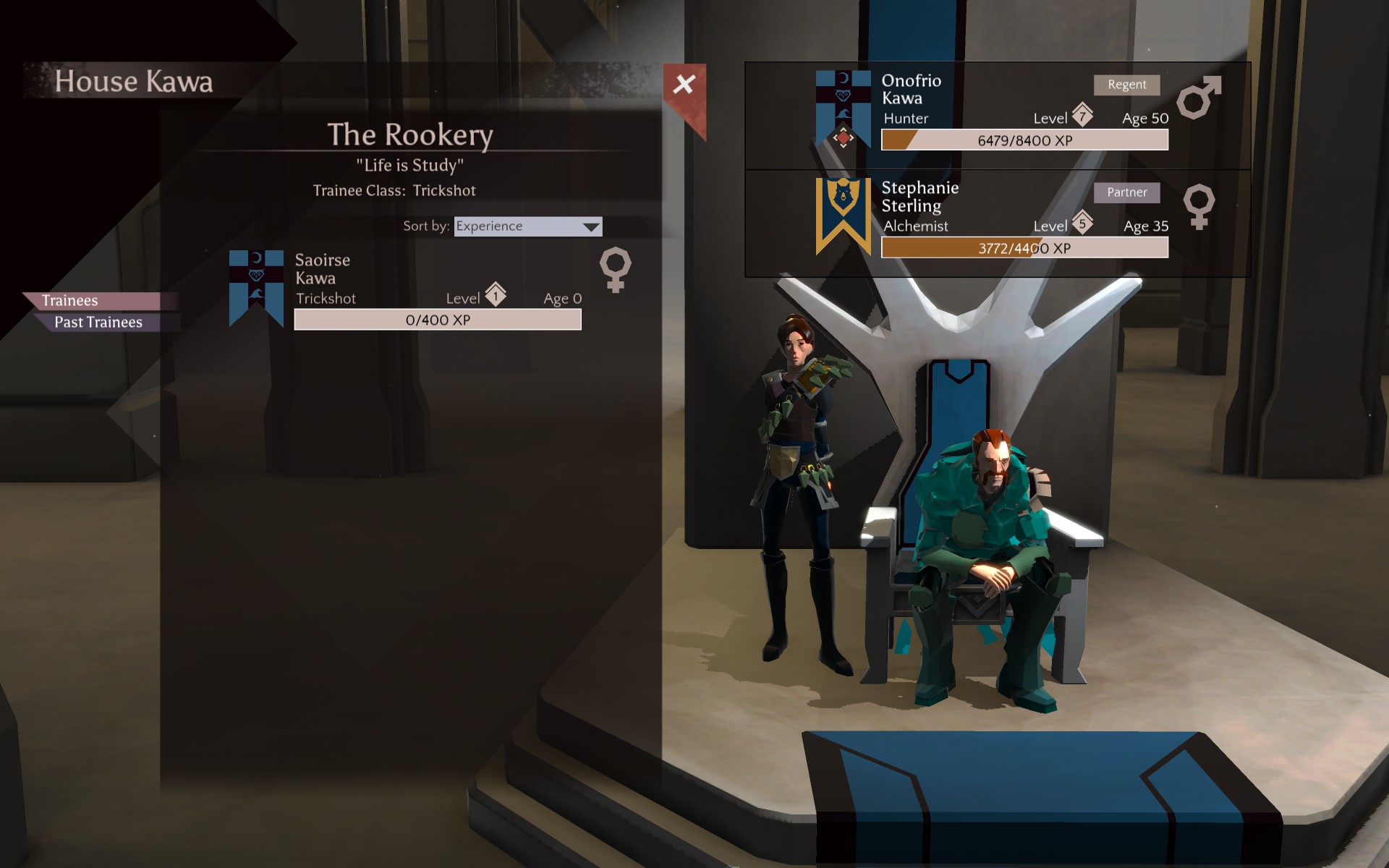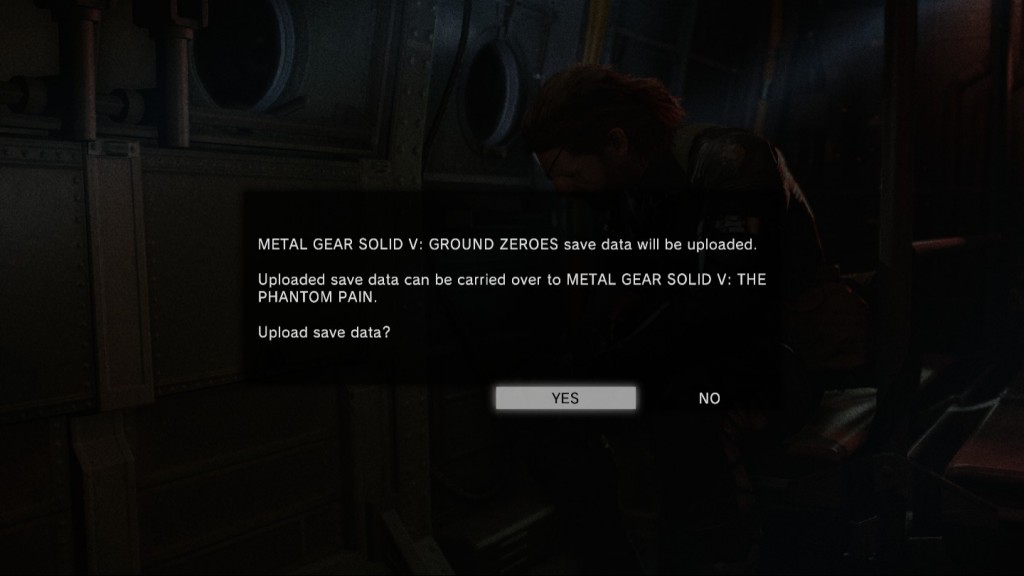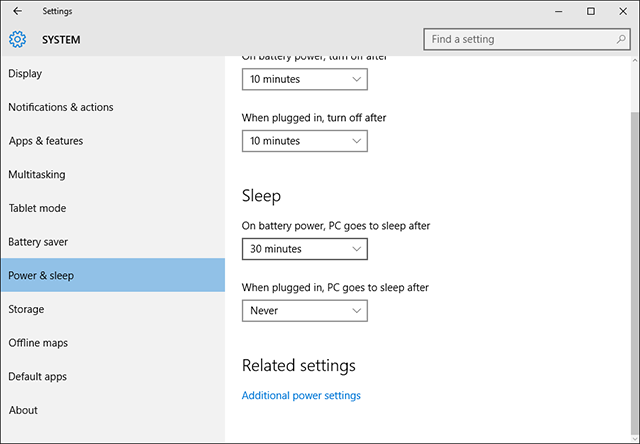

In the post-Portal world, all puzzle platformers are held to a higher standard. The short Valve game proved that a puzzler can deliver original, challenging obstacles and a compelling story just as well as any feature-length game. In the years since its release, many other puzzle platformers (Antichamber, The Ball, and Quantum Conundrum for example) have successfully followed in its footsteps. That said, not every new puzzle platformer manages to find that delicate balance between brain teasers and compelling narrative.
Toasty Games released Parallax on March 10 and gamers can pick it up on the PC for $9.99. The affordable puzzler puts its own spin on the use of portals to solve puzzles. In Parallax, each level is made up of catwalks full of barriers between the player and a shimmering finish line. To reach the goal, players walk through portals that will take them to another universe’s version of the stage. Usually there’s another portal to come out of back in the main universe or a button to press that shifts things around in the level. The game is presented in monochromatic fashion, with the starting world usually being white and the alternative dimension black.
One of the major downsides of Parallax is the complete lack of narrative. Players are dropped into the world without any explanation and work their way through the levels without any motivation other than trying to outsmart the brain teasers. Usually this isn’t a problem for a puzzler, but the game’s universe looks and feels interesting, especially with the concept of jumping through dimensions, and it feels like a real missed opportunity that there isn’t a story driving players from stage to stage.
Even with the game’s lack of story, the puzzles definitely offer a healthy amount of motivation to continue working through the levels (at first). Like most puzzlers, the stages start off fairly easy and scale in difficulty as more mechanics are introduced. The two main concepts to grasp are the dimension jumps and pressing buttons throughout each level that do things like flip a portal over, so that it is facing a different direction. Players are taken to a level complete screen each time they successfully complete a puzzle, which does remove any sense of immersion. From there, players progress from level A1 to A2 to A3 and so on…
Although there is always a logic that can be applied to solve the game’s more complicated puzzles, one problem with Parallax is that it becomes a little easy to move to a trial and error method when faced with a challenging stage. Some levels are big enough that memorizing each button’s function feels like a lot of work and it might be easier to just run through a few times and try different options until you end up on the finish line. The option kills the brain teaser aspect of gameplay, which also makes revisiting the game way less tempting.
That said, don’t let us misguide readers thinking that Parallax is easy in any way. The game offers many puzzles that are harder than any we’ve come across in similar games. When actually solving the puzzles, and not just trying every portal and button over and over again, the main challenge is memorizing both versions of the level. Players are tasked with soaking in the white world before stepping through a portal and imagining how changes in the new dimension will impact the original. This feat becomes exponentially difficult as more portals and buttons are added in each level.
Catwalks also add an unnecessary challenge to the game, as they cause players to free fall to their death. The narrow catwalks make it so that levels can easily throw barriers in your way, but do add what feels like an unnecessary challenge to the game. It’s very easy to fall off of the catwalks while attempting to turn around and examine different areas of each stage. Needing to remember to stay centered on the catwalk isn’t all that challenging, but it does feel like more of a chore than an active part of each puzzle.
From its monochromatic level designs,to its complete lack of plot and character, players’ enjoyment of Parallax will entirely depend on their reaction to minimalist art. Veteran puzzle platformers with games like Antichamber and Portal under their belt will likely find themselves feeling that Parallax offers adequately challenging puzzles, but is missing that something special that would make it as memorable as the other contemporary classics in the genre. When things get challenging in Parallax, the lack of story will likely make it far too easy to give up and put the game away.
Parallax is now available on the PC, Mac, and Linux. Game Rant was provided a PC code for this review.




 An Easy Way to Set Up a Sleep Timer Shutdown in Windows
An Easy Way to Set Up a Sleep Timer Shutdown in Windows Eldritch Preview: Lovecraftian to the Core
Eldritch Preview: Lovecraftian to the Core Sony Pulse Wireless Headset: Elite Edition Review (PS4/PS3)
Sony Pulse Wireless Headset: Elite Edition Review (PS4/PS3) Where to find a gun in DayZ
Where to find a gun in DayZ Architects Plans Walkthrough And Gameplay In GTA 5
Architects Plans Walkthrough And Gameplay In GTA 5